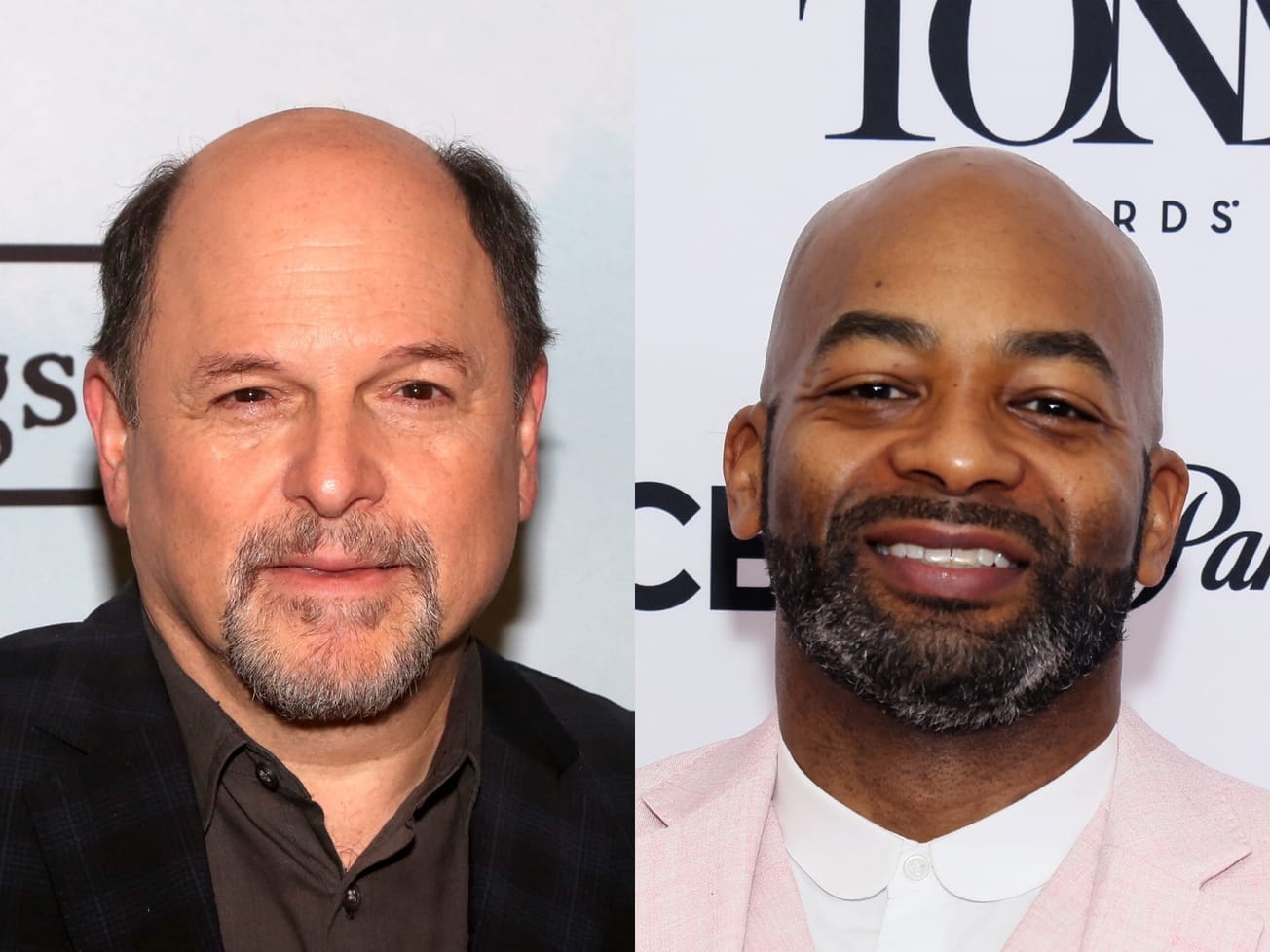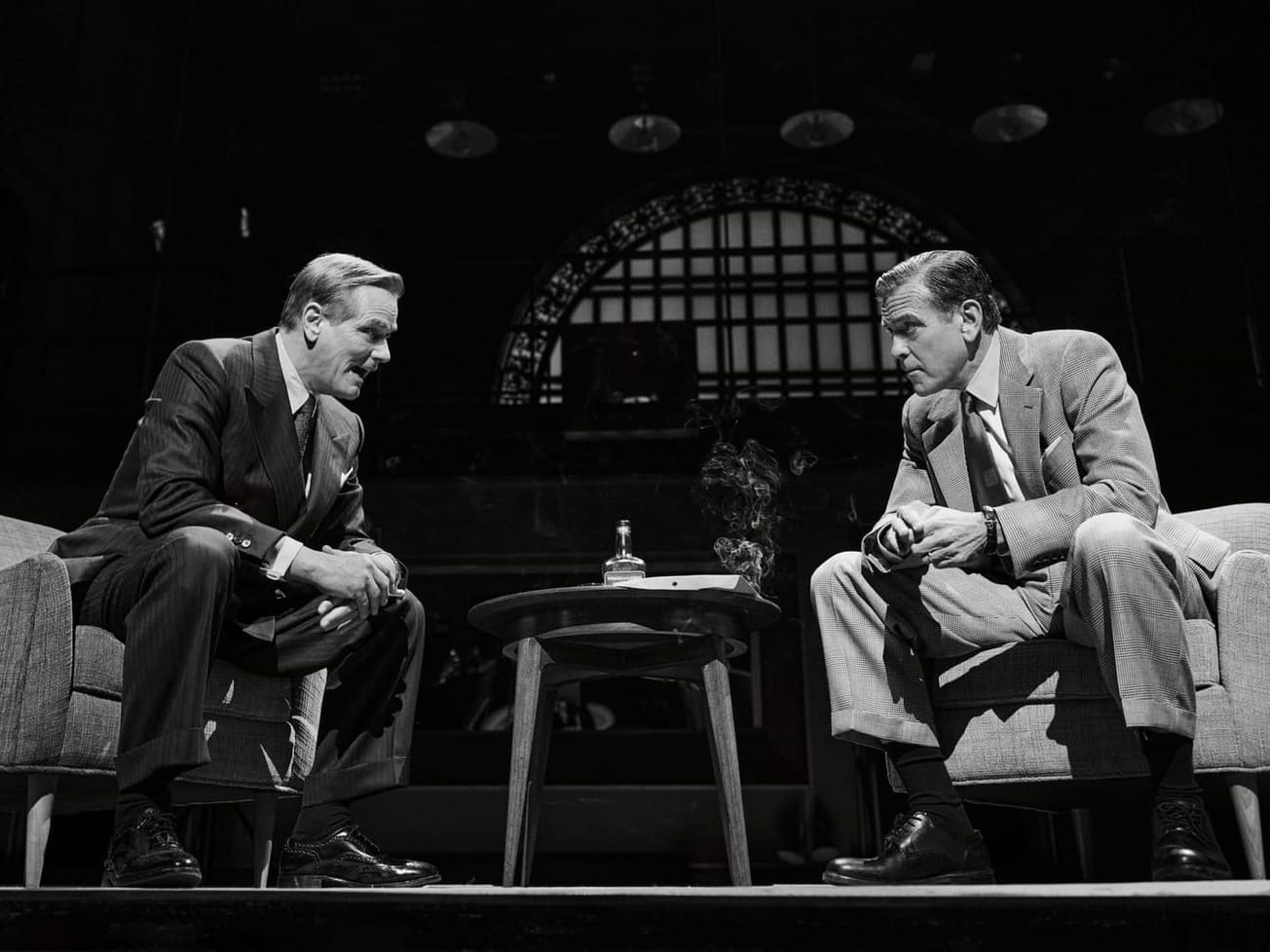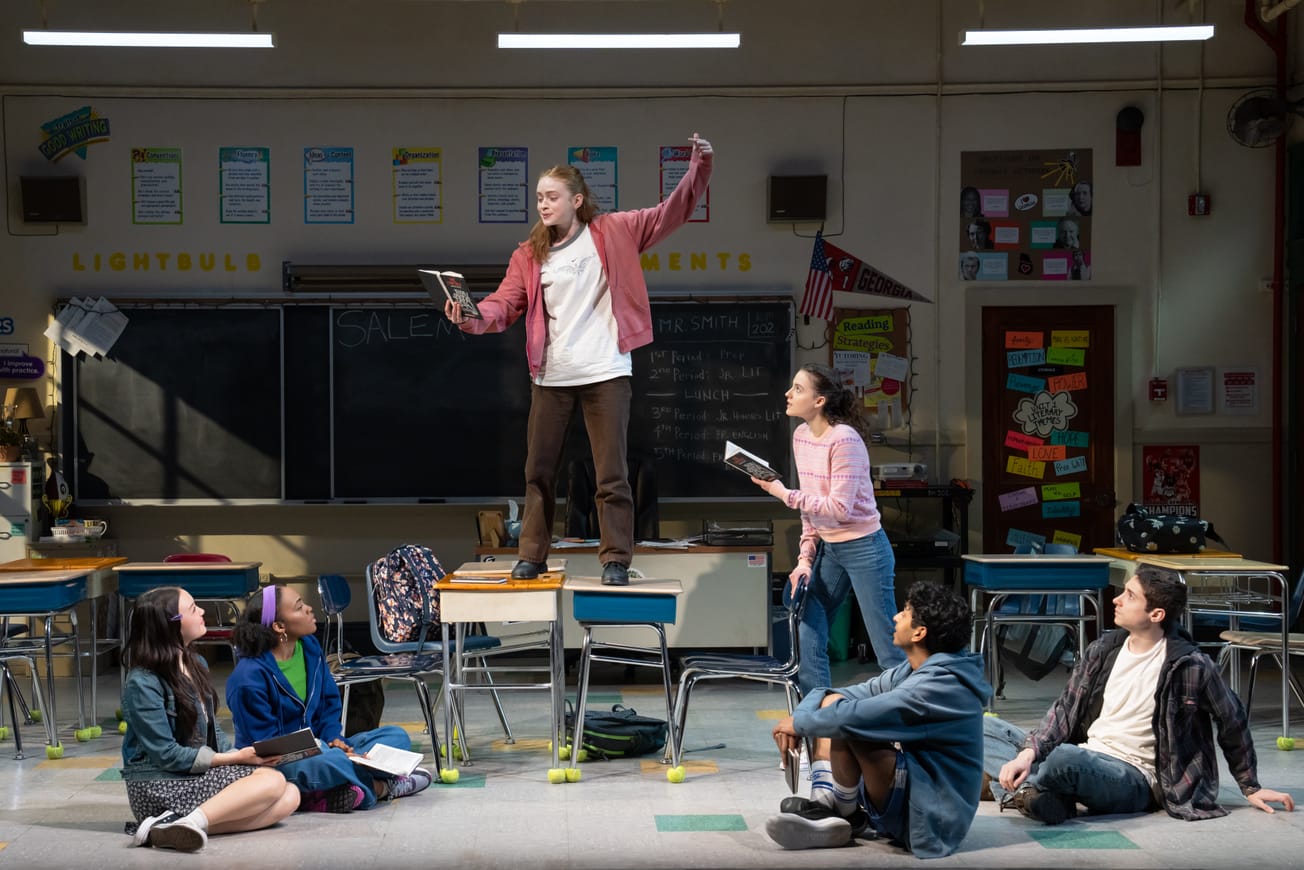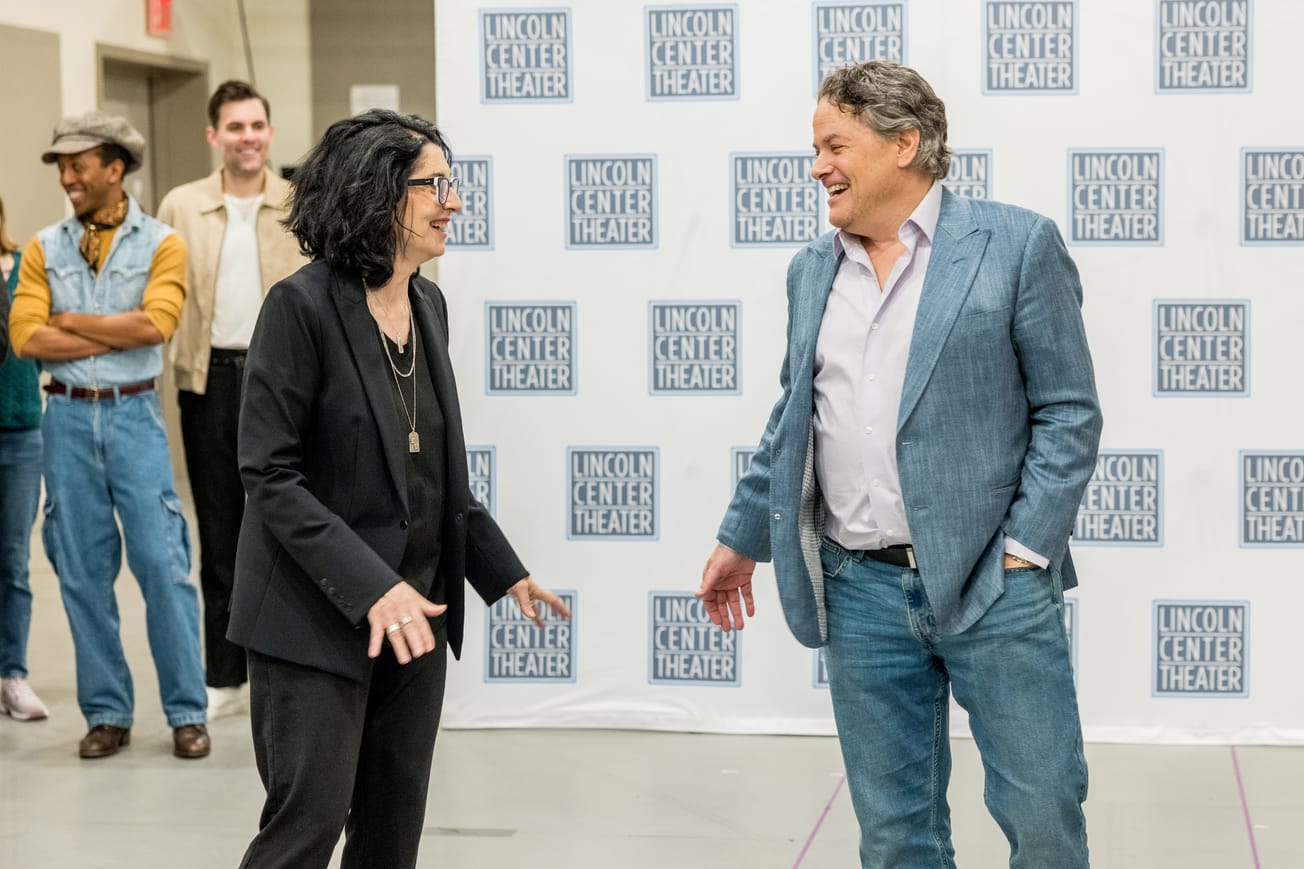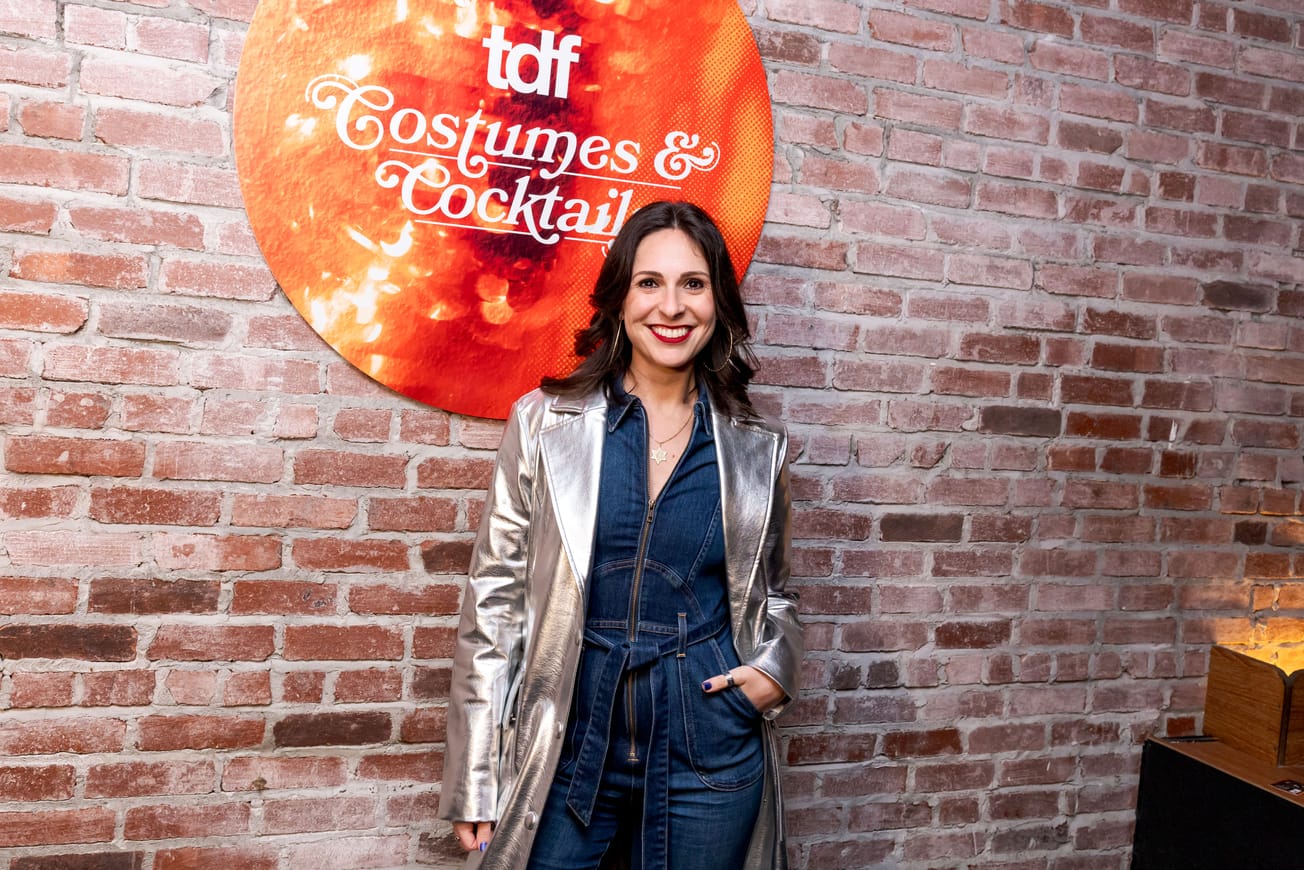Maria Friedman is certain. The director of Broadway’s first-ever revival of Stephen Sondheim and George Furth’s 1981 musical “Merrily We Roll Along” emanates a definitiveness — in her exacting language, in her assured posture and, most of all, in her methodology as a director.
When it comes to “Merrily,” specifically, Friedman knew exactly what she wanted in every aspect of the production — from her perspective on the story to the casting, from the emotional tone to the pacing and rhythm, from the production’s design to its relationship with the audience.
Such confidence might surprise theater aficionados (particularly those who are devotees of Sondheim’s work), who know “Merrily” as the notorious “problem show.” From the original Broadway production (which ran for just 16 performances) to subsequent attempts at major productions, the lore of “Merrily” is that it’s a tough show to crack. In it, Sondheim and Furth explore 25 years of friendship between hopeful writers Franklin Shepard, Mary Flynn and Charley Kringas. But, the musical begins when the inseparable trio have crashed into the realities of life, breaking them apart, and travels backward to the night they all met.
When asked if she agrees with the premise that “Merrily” is a problem show, Friedman replied with an absolute “no.”
Friedman’s first experience with “Merrily” dates back to 1992, when she played Mary in a revised production at Leicester Haymarket Theatre in the U.K. Sondheim and Furth rewrote the piece for that mounting (“I [was] in a rehearsal room with the writers getting new material every day to work on,” Friedman said), and that’s the version of the script she has helmed for Broadway today in her Main Stem directorial debut. Because she has been on the inside of the show, Friedman possesses a distinct understanding of how it functions.



















































